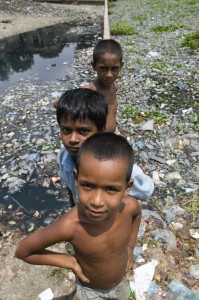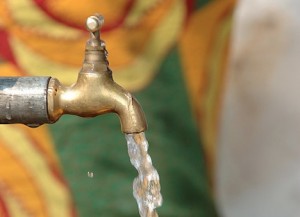Did you know that although water is the healthiest drink you can choose on a plane, you can still get off dehydrated no matter how much you drink? Bottled water on planes leaves a lot to be desired on account of how hydrating it really is not.
The quality of water you consume is an extremely important factor in the acutely dehydrating aircraft cabin. Bottled water contains dissolved organic and inorganic matter. This matter is measured in total dissolved solids(TDS). Most bottled waters have tds counts in the hundreds. If you could separate this matter in the water it would look muddy. This reduces the amount of water by volume and its ability to keep you hydrated. Read more






